MARKET OVERVIEW
The global call center outsourcing market will be a dynamic sector providing companies a gateway to reach customers via specialized service teams outside their walls. Through future time, businesses will continue to depend on outsourced contact centers to manage queries, technical assistance, and customer support, taking advantage of expert operators who will become dedicated to learning unique client requirements. This market will evolve into a landscape where communication quality and fidelity to brand voice will matter more than mere cost savings. In coming years, the global call center outsourcing market will involve companies passing the task of direct customer interface to partners capable of delivering tailored service around the clock.
These contact partners will run contact centers in different regions, tending to vary schedules and processes to fit regional demand but corporate standards. Focus will lie in making sure customers are heard and understood, no matter time zone or language. When remote working grows, these service teams will start adopting next-generation sync systems that keep context through the course of customer interactions, providing continuity even with shift rotation. This space will move beyond mere telephonic interactions. Chat, email, and video will blend with voice, so a customer's communication on one medium will transfer to others without repetition.
This will drive consistency in customer experience and minimize friction. Teams in this space will practice empathy and clarity, working to make lasting impressions that are their client's brand. Firms that employ such services will anticipate empathy as well as efficiency. In the years to come, outsourcing will have an implicit assumption of forward-looking resolution, not reactive response. Service organizations will install monitoring capabilities that predict when a customer will need support before they even call in invoking subtle contact confirming that everything is fine. Anticipatory efforts such as these will signify a change in the nature of support delivery, with help coming as an organic extension of interaction, not as a reaction to anger. Language variability will be a strength in the future. Contact centres based in multilingual areas will provide fluent service in different tongues, adopting tone and style to suit cultural sensitivities. Staff will acquire familiarity with idioms and traditions, rendering communication more personal and less staged. This local flavor will contribute to a familiar atmosphere for customers while maintaining consistent quality. Service partners will increasingly get in tune with brand personality. If a brand exudes warmth, professionalism, or innovation, its outsourced customer service team will embody the same in their words and attitude. Training modules will be written with stories and illustrations from brand identity, so every experience sounds as if it were managed in-house.
In addition to communication, data processing will have a subtle but strong influence. Providers will keep histories that enable easy follow-through when a customer comes back. They will retain preferences and historical resolutions, enabling assistants to converse naturally with repeat customers without repetition and encouraging trust.
By the time this matures completely, the international call center outsourcing industry will provide more than simple off-site answering capabilities. It will provide seamless, considerate conversation that reflects brand values and connects with diverse customer segments with clarity and compassion. It will be about connection, not price tag, and about crafting experiences that feel truly helpful and human.
Global call center outsourcing market is estimated to reach $196,903.14 Million by 2032; growing at a CAGR of 7.3% from 2025 to 2032.
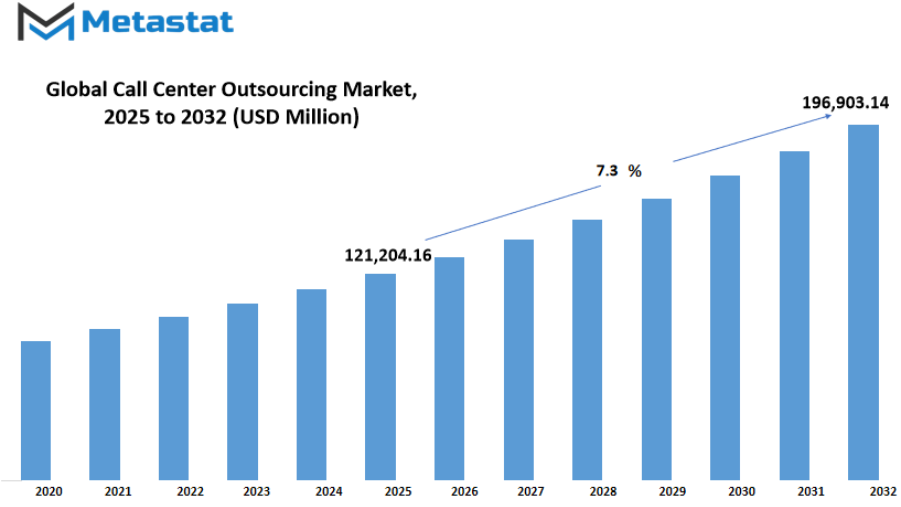
GROWTH FACTORS
The global call center outsourcing market is expected to register sustained growth in the next few years based on extensive utilization of new technologies and mounting business need for cost reductions. As businesses concentrate on enhancing customer experience at lower operational costs, outsourcing has become a feasible choice. One of the major drivers of growth is the expanding use of artificial intelligence and automation in customer service, as these technologies allow for faster response times, less error, and higher customer satisfaction. The second major driver is the growing requirement for multilingual support, as companies are becoming internationalized and need to be able to communicate with customers around the world.
However, despite such promising trends, some issues could halt market growth. Security of information is one of the largest challenges that still remain in place, as companies are eager to ensure customer information is handled securely and lawfully. Secondly, cultural and linguistic barriers can sometimes limit outsourced services from being completely effective, especially in case the agents are poorly familiar with the customers' preferences or expectations. Such problems can impede the pace at which certain companies embrace outsourcing, particularly in sectors that handle sensitive information. In the coming years, there are promising opportunities that will shape the fate of the global call center outsourcing business. Employing stronger analytics and cloud-based platforms will allow companies to make well-informed decisions and differentiate their products based on better insights into customer behavior.
The greater utilization of telecommuting arrangements will also come into play, as this provides outsourcing companies with access to more human resources with skills while not being limited by geography. This implies that companies are in a better position to provide bespoke and flexible customer care solutions. Along with this, expansion in online and e-commerce channels will also continue to create demand for efficient and reliable customer care channels, contributing to demand for outsourcing. Businesses investing in training and development of their outsourced employees will also be likely to achieve higher customer satisfaction and loyalty levels, adding to their competitive edge.
With the force of innovation sustaining the business, the call center outsourcing industry will keep evolving to meet changing customer and business requirements. Whereas concerns like data protection and cultural barriers need to be addressed, opportunity for growth is enormous with room for organizations to build improved, more efficient customer support systems in the future.
MARKET SEGMENTATION
By Type
In the future, we will see how the global call center outsourcing market plays a bigger role in how businesses reach out and serve customers. When thinking ahead, we can picture a world where technology blends with human touch to make customer service better. Companies will rely more on partners who can take care of both incoming calls and outgoing contact needs, allowing them to focus on growth and innovation. The forward-looking view of this market shows that both inbound and outbound services will continue to shape how organizations connect with people everywhere.
On one side, inbound work is all about helping customers when they reach out. In the years to come, support teams will use smart tools to answer questions faster, solve problems more easily, and make every interaction feel personal. Customers will expect help on any channel they choose whether that means chat, email, voice, or video. At the same time, global partners will need to blend real people and smart machines so nothing gets missed and every issue gets handled with care and speed.
On the other side, outbound efforts will drive growth by reaching out proactively. In the future, teams will call or message customers about new offers, reminders, or surveys at just the right time. They will do this with tools that learn from customer behavior, making sure messages feel helpful rather than annoying. As this kind of work expands, the global partners will need to stay sensitive to privacy rules, language differences, and cultural norms so every message lands well and builds trust.
When we imagine how the global call center outsourcing market will look a decade from now, we can see more automation working alongside people. Robots will handle routine tasks like confirming appointments or gathering updates, while humans will help with the tricky parts when empathy, judgment, or a creative answer matters. This mix will help partners provide service that’s fast and accurate, yet still warm and human.
Future shifts in business models will also reflect changing ways of working and rising expectations. More teams will work remotely, and global networks will offer flexibility and backup if one location faces issues. This setup will keep customer service strong and always available.
Looking ahead, the global call center outsourcing market will continue to stretch and adjust. By combining inbound support with outbound outreach, powered by smart tools and human insight, companies will be able to meet growing demands while staying agile. This balanced approach will help them serve customers better, no matter what tomorrow brings.
By Organization Size
The global call center outsourcing market is growing steadily as businesses look for ways to improve customer support while reducing costs. Companies are realizing that outsourcing is not just about saving money but also about improving service quality and ensuring faster response times. As technology continues to shape customer expectations, the demand for outsourced call centers will keep rising. This trend is expected to create more opportunities for service providers that can deliver flexible and scalable solutions.
By organization size, the market is divided into Small and Medium Enterprises (SMEs) and Large Enterprises, each with unique needs and strategies. SMEs often turn to outsourcing because it allows them to offer professional customer support without the expense of building a full in-house team. This approach helps smaller companies compete with larger players by providing reliable service at a lower cost. In the coming years, as more SMEs embrace digital platforms and expand their customer base, their demand for specialized call center solutions will grow even stronger.
Large enterprises, on the other hand, use outsourcing to handle high volumes of customer interactions across multiple channels. These businesses focus on efficiency, advanced analytics, and automation to improve customer satisfaction. Many of them are adopting artificial intelligence and machine learning tools to streamline processes, enabling agents to handle complex issues while routine tasks are automated. This shift is creating new possibilities for service providers that can integrate advanced technology with personalized support.
The future of the global call center outsourcing market will also be shaped by the rise of cloud-based platforms. Cloud solutions make it easier for companies of all sizes to scale their operations quickly and securely. They also support remote work models, allowing call center agents to operate from anywhere, which has become increasingly important in today’s business environment. As technology continues to advance, businesses will look for outsourcing partners that can offer not only cost efficiency but also innovative tools to enhance customer engagement.
In the years ahead, the market will likely see tighter integration of digital tools such as chatbots, voice recognition, and data analytics. These tools will help businesses better understand customer behavior and deliver more personalized experiences. Whether for SMEs seeking affordable solutions or large enterprises focusing on efficiency and technology, the demand for outsourcing will keep expanding. This steady growth shows that the global call center outsourcing market will remain a key driver of customer service innovation, helping businesses connect with their customers in smarter and more efficient ways.
By End-user
The global call center outsourcing market is expected to witness steady growth in the coming years as businesses continue to prioritize efficiency, cost savings, and improved customer experiences. Companies today are looking for ways to manage high volumes of customer interactions without compromising quality. Outsourcing provides them with the flexibility to scale their operations, access skilled support teams, and adopt advanced technologies that enhance communication with customers. This shift is not just about saving money; it is about building stronger and more reliable connections between businesses and their customers.
Looking ahead, the global call center outsourcing market will be shaped by rapid advancements in technology. Artificial intelligence and automation are already transforming how support teams handle calls, emails, and chats. By integrating intelligent systems, call centers will be able to provide faster and more accurate responses while reducing waiting times for customers. At the same time, the need for human agents will remain strong, especially for complex interactions that require empathy, problem-solving, or detailed explanations. This balance between technology and human touch will drive the growth and relevance of outsourcing services in the future.
By end-user, the global call center outsourcing market is segmented into IT and Telecom, BFSI, Healthcare, Retail, and Others, and each sector will see unique opportunities. In IT and Telecom, rising demand for technical support will encourage companies to rely on specialized teams that can resolve issues quickly and efficiently. The BFSI sector will continue to seek outsourced services for handling sensitive customer inquiries, fraud detection, and financial guidance, ensuring round-the-clock availability and secure communications. In Healthcare, call centers will play an increasingly important role by managing appointment scheduling, telehealth support, and patient queries with accuracy and privacy. Retail businesses will keep using outsourcing to manage order support, returns, and customer feedback, especially during high-demand seasons. Other industries, ranging from travel to education, will also benefit as they look for reliable and scalable communication solutions.
The future of the global call center outsourcing market will be shaped by customer expectations for personalization and quick resolutions. Companies that adopt cloud-based systems and advanced analytics will gain a clear edge, as they will be able to better understand customer behavior and respond in ways that feel seamless and tailored. Growth will also be fueled by the ability to support multiple languages and channels, allowing businesses to connect with a more diverse customer base worldwide. As businesses continue to evolve, outsourcing will not only help them stay competitive but also allow them to deliver customer experiences that are faster, smarter, and more efficient.
|
Forecast Period |
2025-2032 |
|
Market Size in 2025 |
$121,204.16 million |
|
Market Size by 2032 |
$196,903.14 Million |
|
Growth Rate from 2025 to 2032 |
7.3% |
|
Base Year |
2024 |
|
Regions Covered |
North America, Europe, Asia-Pacific Green, South America, Middle East & Africa |
REGIONAL ANALYSIS
The global call center outsourcing market is steadily moving toward a future shaped by technology, efficiency, and customer-focused strategies. As businesses look for ways to deliver faster and better support, outsourcing has become an essential part of how companies manage their operations. This market is not just about cutting costs anymore; it is now driven by a need for high-quality customer interaction, advanced data management, and seamless digital solutions.
Growth is being seen across all regions, with each area contributing in unique ways. North America, including the U.S., Canada, and Mexico, continues to lead in adopting advanced technology and automation in call center operations. The region’s focus on improving customer experience while integrating artificial intelligence and cloud systems will keep it at the forefront of this market. In Europe, with countries such as the UK, Germany, France, and Italy, businesses are leaning toward multilingual support and high compliance standards, which make outsourcing a reliable solution for handling diverse customer bases.
The Asia-Pacific region, which includes India, China, Japan, South Korea, and the Rest of Asia-Pacific, is showing remarkable growth. This area is becoming a global hub for outsourcing due to its large workforce, technological skills, and cost-effective solutions. India and the Philippines are already recognized leaders in the sector, while countries like China and South Korea are quickly expanding their presence with investments in AI-driven platforms and voice analytics. South America, including Brazil, Argentina, and surrounding countries, is also gaining attention. As internet access grows and digital adoption spreads, more companies are setting up outsourcing partnerships in this region to take advantage of the growing talent pool.
The Middle East & Africa, with markets in GCC Countries, Egypt, South Africa, and other regions, is still emerging but has strong potential. Increased connectivity and business investments are fueling opportunities for call center outsourcing, particularly in industries like finance, telecommunications, and healthcare.
Looking ahead, the global call center outsourcing market will see stronger integration of automation, machine learning, and analytics. These changes will not only improve customer satisfaction but also help businesses make smarter decisions using real-time insights. Companies will continue to look for outsourcing partners that can provide flexible, scalable solutions while keeping up with rapid changes in customer expectations. As technology continues to advance, this market will play a key role in shaping how organizations interact with their customers, no matter where they are in the world.
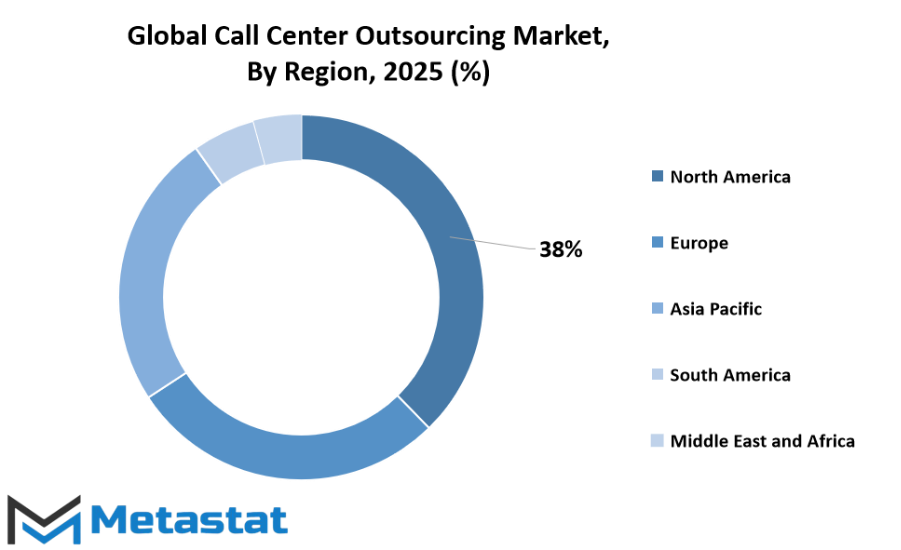
COMPETITIVE PLAYERS
The global call center outsourcing market will continue to play an important role in shaping how businesses interact with customers. As industries grow and consumer expectations rise, companies are finding it necessary to adopt advanced customer support systems that are cost-effective and efficient. This market is not just about reducing costs anymore; it is becoming a strategy for improving customer satisfaction and creating stronger relationships between brands and their clients.
In the future, the global call center outsourcing market will rely more on technology-driven solutions. Artificial intelligence, chatbots, and predictive analytics are changing how companies handle customer inquiries, making responses faster and more accurate. With these advancements, businesses will be able to provide round-the-clock support without compromising on quality. Automation will not replace human agents entirely but will help them handle complex tasks while simple queries are resolved by intelligent systems.
Key players in the call center outsourcing industry, including Computer Generated Solutions Inc., Helpware Inc., 247.ai Inc., Alorica Inc., Atento SA, StarTek Inc., Datacom Group Ltd., DiRAD Technologies Inc., Serco Group Plc, Infosys BPM, Transcom Holding AB, VXI Global Solutions, Global Response, Teleperformance SE, and TeleDirect, are expected to drive much of this progress. These companies are investing in new technologies and improving training programs for their staff to meet the rising demand for personalized support. Their ability to innovate will set the pace for the industry’s growth in the coming years.
Global businesses will also look for outsourcing partners that can provide multilingual support and culturally sensitive communication. This will make it easier for brands to expand into new markets while maintaining a consistent level of customer care. The need for data security will also grow, pushing service providers to adopt stronger protection systems to ensure that customer information stays safe.
Looking ahead, the global call center outsourcing market will not only expand in size but also in capability. By integrating advanced tools with skilled agents, outsourcing providers will be able to handle higher call volumes, analyze customer trends, and offer real-time solutions that build loyalty. Businesses that choose the right outsourcing partners will see stronger customer retention and a higher return on investment.
As technology and consumer behavior keep evolving, this market will keep adapting. The future will be defined by smarter solutions, greater efficiency, and a focus on creating better experiences for customers worldwide.
Call Center Outsourcing Market Key Segments:
By Type
- Inbound
- Outbound
By Organization Size
- Small and Medium Enterprises (SMEs)
- Large Enterprises
By End-user
- IT and Telecom
- BFSI
- Healthcare
- Retail
- Others
Key Global Call Center Outsourcing Industry Players
- Computer Generated Solutions Inc.
- Helpware Inc.
- 247.ai Inc.
- Alorica Inc.
- Atento SA .
- StarTek Inc.
- Datacom Group Ltd.
- DiRAD Technologies Inc.
- Serco Group Plc
- Infosys BPM
- Transcom Holding AB
- VXI Global Solutions
- Global Response
- Teleperformance SE
- TeleDirect
WHAT REPORT PROVIDES
- Full in-depth analysis of the parent Industry
- Important changes in market and its dynamics
- Segmentation details of the market
- Former, on-going, and projected market analysis in terms of volume and value
- Assessment of niche industry developments
- Market share analysis
- Key strategies of major players
- Emerging segments and regional growth potential



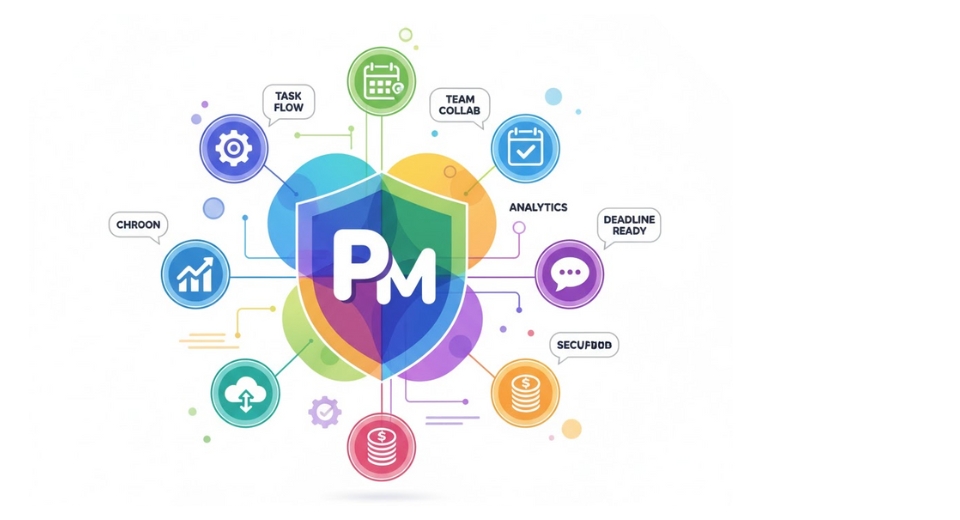
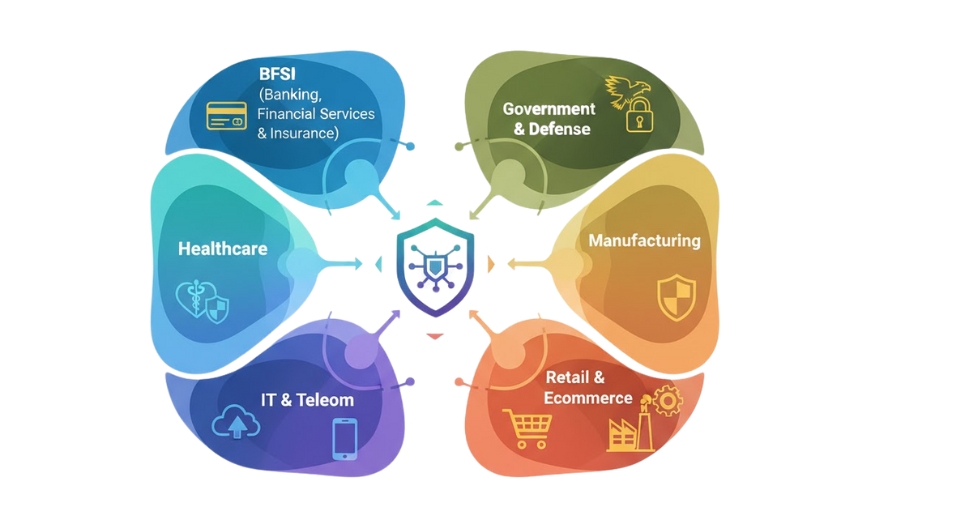

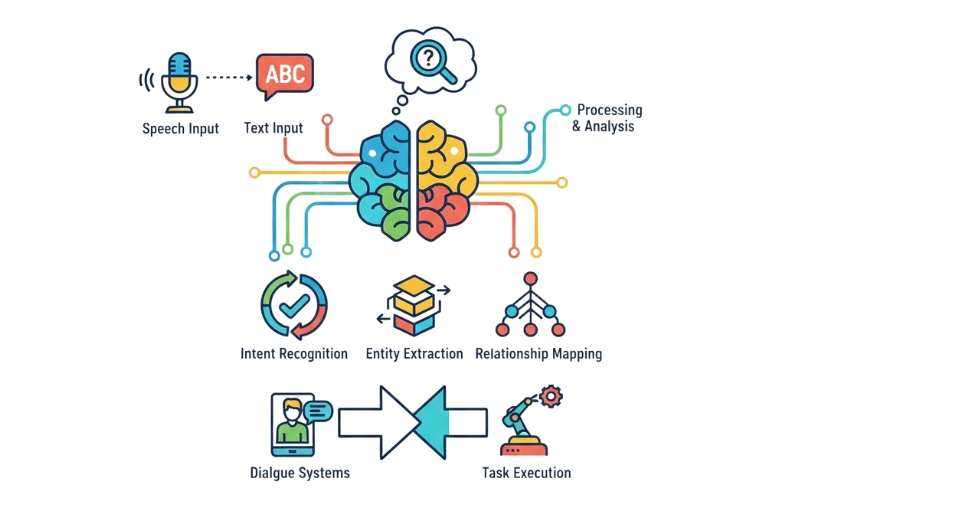

 US: +1 3023308252
US: +1 3023308252






